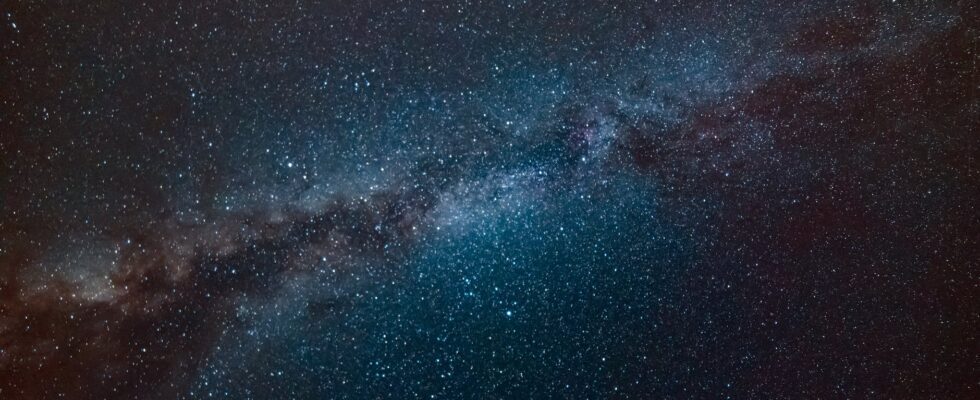The James Webb telescope observed several galaxies dating from the beginning of the universe whose composition is more than astonishing.
The James Webb Telescope, in operation for barely a year, never ceases to amaze us with its discoveries. But if some remain in the domain of dazzling, like the clichés of the pillars of creation, others can challenge our conceptions of the universe. And this is the case today.
Galaxies so young, and already so full of stars
Will we ever get used to the amazing discoveries of the James Webb Telescope? Two weeks ago, we reported to you on the taking of a snapshot showing us a galaxy extraordinarily similar to our Milky Way, like a sister that we finally found.
But this time, the findings of a team of scientists, who have just published in the magazine Nature, could perhaps upset our knowledge in the matter. They have, in fact, spotted 6 galaxies around the Big Dipper, dating from 500 to 700 million years after the Big Bang, ie structures almost 13 billion years old.
So far, no problem. Except that, according to astronomers’ calculations, these 6 galaxies would have as many stars as our Milky Way. Data that contradicts everything we know about the beginnings of the universe. ” We do not expect the early universe to be able to organize itself so quickly. These galaxies shouldn’t have had time to form “, explains Erica Nelson, the co-author of the study.
Quasars, perhaps?
And to understand the astonishment, or even quite simply the incredulity of the scientists, it is necessary to remember that only one to two new stars are formed per year in the Milky Way. But here, some of these galaxies are expected to form hundreds of new stars per year throughout the history of the universe “, explains Professor Eric Nelson.
In addition to the speed of formation of such celestial structures, there is also the matter of matter. According to the current theories that explain the beginnings of the universe, there simply should not be enough matter at the time of observation of these galaxies to form so many stars.
Are we on the threshold of a paradigm shift in cosmology? Maybe. Or, another hypothesis put forward by the researcher, it could be that ” these things are another kind of weird object, like faint quasars “. We are in any case in a hurry to know more!
Source : Engadget, University of Colorado

21